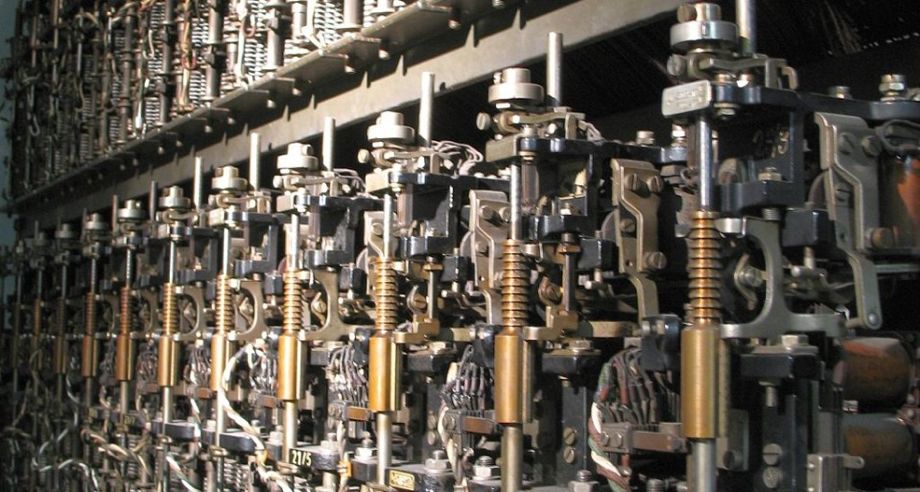Posted by Dave Halford on 26/08/2022 16:24:16:
Posted by Chris Crew on 25/08/2022 13:52:29:
"When you do, the line is held open…"
Dave, I stand to be corrected because I have been out of the telecoms industry for a few years now, but it is my recollection that forward call holding, which was a throwback to the old electro-mechanical exchanges, was eliminated several years ago.
…
It does indeed date back to the days of clockwork, however you could drop out the receiving end AC9 relay set on trunk calls if you could whistle exactly 2280hz
Some noisy git on a motorbike woke me up completely at 4AM this morning so I had a think about how a digital system might hold a line open in the same sort of way as clockwork telephony.

Mr Strowger was a clever chap!
Although dopey theorising in bed must be worse than Armchair Engineering, here goes.
- Though I was unable to find a detailed explanation, the digital telephone system uses much the same packet switching technology as the internet. Similar rather than identical but the bearer is Internet Protocol with UDP between nodes and TCP/IP everywhere else.
- In the distant past, dialling a telephone number physically connected copper wires together. Later, connections between exchanges were multiplexed over point to point connections, a mix of balanced lines, coaxial cables and microwave links. Copper connections were used locally, but long distance connected via black boxes responsible for providing a 'line', that is temporary access to a plex, not a physical line.
- Later, the multiplexers were replaced by digital black boxes. These use a mesh of networked connections rather than point-to-point links, with considerable benefits in noise reduction, reliability, sharing, and reduced maintenance costs. Extra wonderful when fibre-optics replace copper.
- Slow progress, but BT are moving to replace copper between exchanges and subscribers, so the whole UK network will be digital end-to-end. In this system, voice is encoded and decoded at the handset, phone numbers converted to network addresses in the same way as email and web addresses, and the sending phone breaks the conversations into packets, which are routed across the network. The same network provides broadband internet and other communications services. Originally computer communications were carried slowly and unreliably over the voice network, there's been a complete revolution and voice is now carried fast and reliably over a data network. Couldn't find any up-to-date figures, but voice traffic is the junior partner. (Watching TV on the internet transfers far more data than ringing mum.)
Two technical problems to solve in all these systems: setting up connections, and clearing them down. Clearing down creates the possibility of connections remaining open, and I think digital is vulnerable too. When a subscriber hangs up, how long does it take the system to reset end-to-end? As there's no physical connection between the two telephones, it's either done by sending a message, or by the two sides ignoring each other after an agreed period of 'nothing received'. All done in software, so there's no guarantee both sides obey exactly the same rules, or that a naughty person hasn't coded his end to ignore them!
Long story cut short, I think it's possible that hanging up a telephone doesn't immediately clear the connection.
Dave
SillyOldDuffer.






